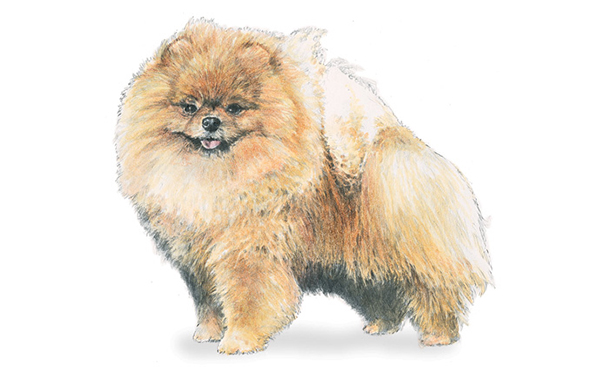

Few breeds attract as much adoring attention as the Pomeranian. This diminutive breed packs a mighty punch of spirit and personality in their tiny, foxy frame. They are descended from a larger, Spitz-like ancestor that was used as a sheepherder in what is modern day Germany and Poland. Queen Victoria was captivated by these “Spitz dogs” and brought them from Florence, Italy back to England in 1888. This was a pivotal moment in the history of the breed and popularity ensued. They are intelligent, fun-loving companions and make great family pets when trained and properly socialized. Their small size makes them suitable for apartment living but they are an active breed that thrives on mental stimulation and lots of attention. Their thick double will need regular grooming to keep them comfortable and tangle free.
Pomeranian Related Links:
Each AKC approved purebred breed has its own national club. The mission of these “parent breed clubs” is to improve and preserve a particular breed by advancing knowledge about its history, its health and care requirements and by assuring that the breed’s form and function remain true to its historical physical type and character: A Dalmatian, for instance, should be athletic and have a natural affinity for working with horses. A Fox Terrier should have the right body size and shape, and a drive to go after vermin.
Pet owners, breeders, trainers, veterinarians, and others with a special love for a breed, join the parent breed club to meet like-minded enthusiasts and to support the club’s mission.
The national parent breed club is the first place for the public to go to learn about a breed or find a knowledgeable, experienced breeder.
 Discover Animals is a web-based educational resource offered by the NAIA
Discover Animals is a web-based educational resource offered by the NAIA